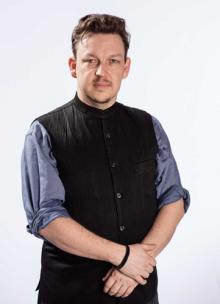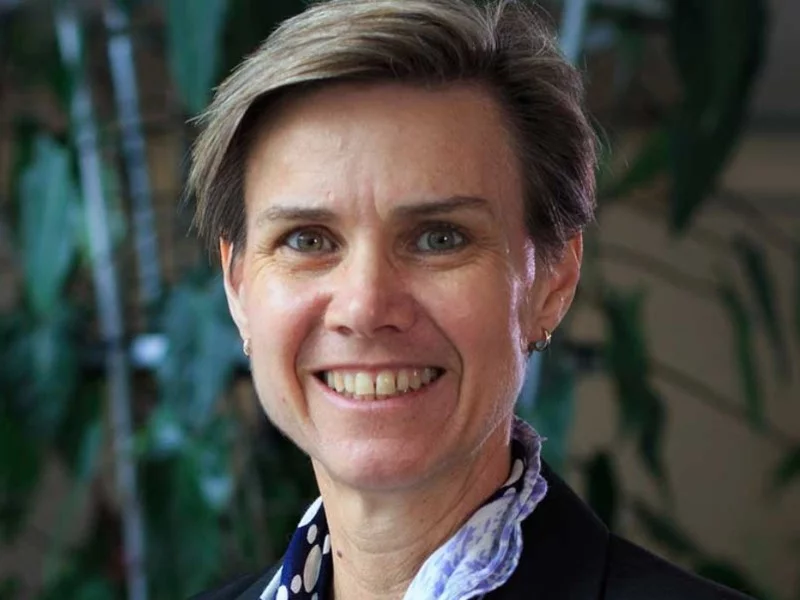Brucks, and Levav (2022) have found that people were significantly less productive via video conference, than at a face to face meeting. That may sound like common sense, but this was a carefully conducted experiment, under controlled conditions, measuring productivity. The researchers also tracked the eye movements of participants and were able to provide a plausible explanation for the loss of productivity: participants online were not able to engage in eye contact. Previous research found that the eye-contact is an important part of communication. This may explain some of the awkwardness in video conferences, with participants talking over each other.
However, while F2F may be preferable, it is not always possible. When then COVID-19 pandemic struck I was unable to attend the usual symposia and conferences with colleagues. Videoconferencing was the least worst alternative. In one case it has worked very very well. Each week I have been attending the ASCILITE Mobile Learning Sig, and have ended up writing a series of papers over the last two years with a group of people who I have never met face to face. Of course this is a group of people who are experts in online communicaiton.
I was surprised the Brucks, and Levav did not go on to suggest technical fixes for this problem. One would be carefully positioning the cameras and video displays, so that the geometry of a face to face meeting could be matched. This approach is used in some high end corporate video-conference rooms. Each room has the same geometry, with the same meeting table, camera and a large video screen up against one side. The aim is to have the remote participants appear life size, sitting at extension of the table in the same room. An example is Webex's Room Panorama Immersive Telepresence.
Another way to provide realistic eye contact would be to manipulate the image to modify the geometry. This feature could be added to video conference software, in a similar way to cat filters, and artificial backgrounds. The software would identify the participants face in the video, and distort the image so it appears they are looking at the other party. A less processor intensive approach would be with a setup utility which would indicate where the camera and screen should be located, for best effect.
Reference
Brucks, M.S., Levav, J. Virtual communication curbs creative idea generation. Nature (2022). https://doi.org/10.1038/s41586-022-04643-y










